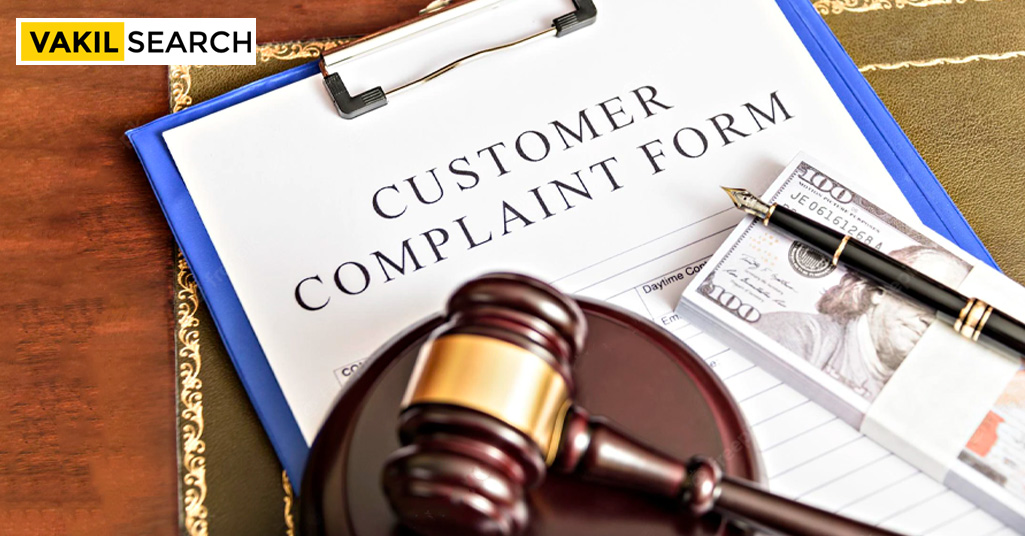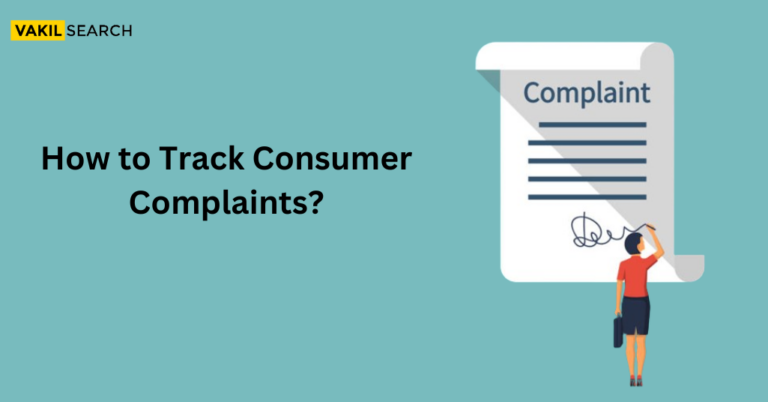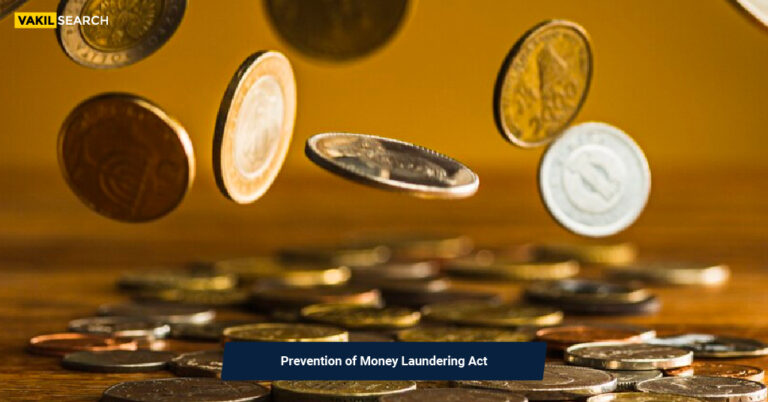This simple guide contains all the information about consumer frauds. Keep reading to know more
Generally accepted definitions of consumer fraud include deceptive business methods that result in monetary or non-monetary damages for clients. In this scam, the targets are fooled into thinking they are taking part in a legal business transaction. False or inflated claims or taking advantage of consumers in some other way for monetary gain are classic examples of consumer fraud.
Consumers who believe a company has participated in fraudulent practices are encouraged to report their concerns to the Federal Trade Commission. The group works with the police to investigate allegations of consumer fraud and unfair commercial practices.
Tragic events occur when consumer fraud causes an individual to lose money or other valuables. Adopting illegal trade practices can lead to fraudulent activities. Any consumer is at risk of being defrauded, not just those in college or the elderly.
When can consumer fraud occur?
- Consumer fraud occurs when a person loses money due to deception, unfairness, or dishonesty in a business transaction
- Someone commits identity theft when they use your data to commit financial crimes like opening a new credit card or bank account in your name or making unauthorised purchases with your debit card
- Con artists prey on distressed homeowners by seeming like they’re from the mortgage lending industry
- Credit card fraud occurs, for instance, when a thief uses a victim’s card number to make purchases or to provide a promotional interest rate
- Charity and lottery scams prey on people’s desire to help others
- The purpose of any fraudulent debt collection scheme is to get paid for pre-existing debts, whether they are true or not.
Common types of consumer fraud
Here are a few very common consumer frauds that we can see on a regular basis –
Using a credit card
Dissatisfaction was most often attributed to issues with accounts and bills, such as incorrect charges, incorrect interest rates, late fees, and overcharges. The low position in the category is the only unexpected feature. Credit card complaints were once among the top three most frequent types.
Services related to telecommunications and mobile phones
Some of the most frequently mentioned issues brought up by customers included fraudulent activity with prepaid phone cards, unwarranted service switching (slamming), and toll-free call rates.
Auctions you can find on the internet
Products not being sent, things being late, and products being of poorer quality or value than promised were all common complaints. It was also frequently mentioned that customers felt they were given only partial answers to their questions.
It’s common practice to employ doppelgangers
Con artists will often pretend to be legitimate government officials or personal contacts of the target client to trick them into entering a fake lottery or sweepstakes. The same holds if you fail to see it the first time.
Mail-order and internet-based retailers
Dissatisfied customers raised several difficulties, including sudden price hikes that weren’t communicated to them, deliveries that were late or never provided, and a general unwillingness to follow through on promises made. Many of these accidents might have been avoided with just a little online research.
Draws, contests, and giveaways
That includes “promotions for ‘free’ rewards for a purchase; overseas lotteries and sweepstakes supplied via phone, fax, email, or mail, etc.” Are you picking up on a pattern here? Historical records show that the acronym TANSTAAFL was first used in the 1930s. T.I.N.S.L. is frequently used to represent “There Is No Such Thing as a Free Lunch.” In both contexts, it holds.
Online service providers
Problems that may emerge when dealing with an ISP include free trials, account issues, hidden fees, malware, spyware, and social networking sites. Having no way to lodge complaints or visit a physical location is the biggest drawback for customers interacting with internet firms. Use a credit card from a bank where you have a good relationship, and the bank will be more likely to believe you than the merchant.
Debt collection
Consumers felt that debt collectors acted unethically when they used profanity, called them often, lied about the debt’s status, neglected to offer written notice, and so on. Kicking a man when he’s down is cruel and illegal in many places.
Fraud on online sites
In online markets, fraudsters frequently pose as potential customers interested in the product being sold (s). Several con artists in remote places pose as military personnel to gain the trust of the locals.
They use the UPI app’s “request money” feature to have the vendor verify the transaction using their UPI PIN rather than paying them. Whenever a merchant inputs a valid PIN, the fraudster is paid.
Identity Theft
Identity theft is the most common type of fraud. This is known as identity theft when someone else makes fraudulent or illegal use of your personal information (such as a credit card number). Why isn’t there a problem with the consumers? After all, if your bank accidentally sends your money to an unauthorized recipient, they will be committing identity theft.
Isn’t “giving money to the correct person” one of the bank’s fundamental responsibilities, even if this person is pretending to be you? If they can’t do it, they’re useless. Having the bank not be able to guarantee payment to you is not your fault; justify why you should have to solve it.
Atm card skimming
Card data is stolen by crooks who install skimming devices in ATMs. In a news statement, the RBI warned that “fraudsters may even install a dummy keypad or a small / pinhole camera, well-hidden from plain sight to record ATM PIN.” ATMs have been the target of PIN thefts committed by fraudsters posing as unsuspecting bystanders. The fraudsters can use this data to create a fake card and empty the victim’s bank account.
Conclusion
Con artists are plentiful and happy to take advantage of the naive. “If anything sounds too good to be true, it probably is,”. Don’t put yourself in risky situations you didn’t create; report them if you have any doubts. Just in case you face any legal problems, you can contact Vakilsearch.
Read more:










